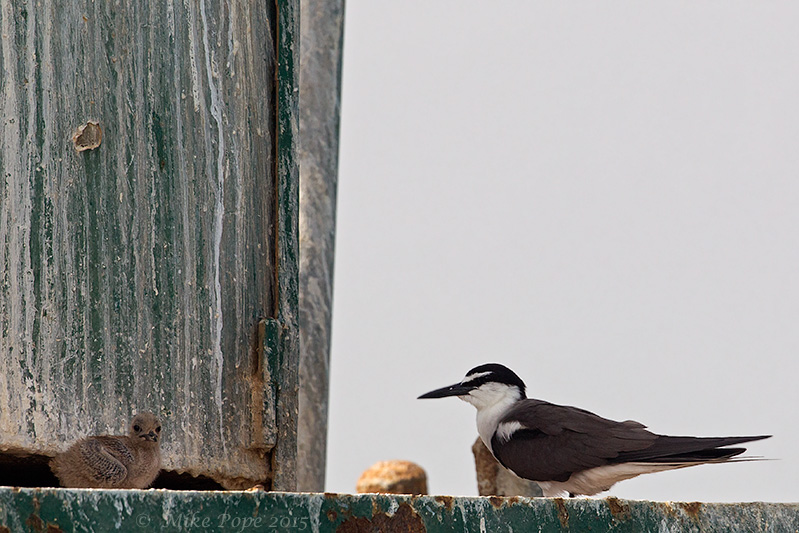Week 34, 21 August 2015 - Jahra East, Mutla'a Ranch and Jahra Pools
Markus Craig and I had an early start with Neil not joining us this morning. It was around this time last year that Paddyfield Warbler was found at JEO, so that's we were headed and arrived before sun-up.
There was already a car present, which turned out to be shooters. When they returned they didn't stay long and covered their number plates when they left - they must be aware of the new Environmental Law that is now in place, which is fantastic news.
At this time of year, the Warblers are a real challenge, as a number of species will have bred in the summer, so you have a mix of juveniles, adults and possibly a few new arrivals. Peter Kennerley has kindly given his opinion on a number of birds that challenged us!
We started off confidently with an obliging Savi's Warbler
 |
| Savi's Warbler (Locustella luscinioides) |
An easy Woodchat and Lesser Grey Shrike, our firsts for the autumn
 |
| Lesser Grey Shrike (Lanius minor) |
There were a few Common Whitethroat also in the reeds
 |
| Common Whitethroat (Sylvia communis) |
Then a number of adult Basra Reed Warbler told by having quite cold plumage and,
importantly, it is quite heavily abraded, especially the tail and primary tips
that appear to lack the white tips (thanks to Peter Kennerley for the detail)
 |
| Adult Basra Reed Warbler (Acrocephalus griseldis) |
A Great Reed Warbler appeared low down in the reeds to come and drink - look at how the available light (or lack of sunlight) changes the colours!
 |
| Great Reed Warbler (Acrocephalus arundinaceus ) |
Here an Indian Reed Warbler catching the early sun, for comparison
 |
| Indian Reed Warbler (Acrocephalus s. brunnescens) |
But when it came to the smaller Caspian/European Reed Warblers - they posed the biggest challenge - thanks Peter for your input on these.
"Without seeing the upperparts it is
difficult to be certain whether this is scirpaceus or fuscus. The fresh plumage
confirms this to be a young bird but fuscus Reed Warbler actually has warm and
cold morphs, the appearance of the warmer morph is very similar to scirpaceus
Reed – warm morph fuscus (which breeds at the west of the range from central
Turkey to some point to the east, probably reaches the west shore of the
Caspian Sea) and is separable from scirpaceus Reed Warbler only biometrics, in
particular wing length. It also has the later wing moult strategy of
greyer/typical fuscus Reed and adults show whitish primary tips in spring.On this bird these features are hidden but
wouldn’t apply to a young bird, so it could be either race."
 |
| Caspian/European Reed Warbler? |
The colder tones suggest these are Caspian Reed Warblers;
 |
| Caspian Reed Warbler (Acrocephalus s. fuscus) |
According to Peter, this Warbler may be of interest. "this is a much warmer,
juvenile Reed Warbler, probably not long out of the nest as it appears rather
short tailed. Warm tones are typical of
scirpaceus Reed in Europe but I’m not sure whether this applies to fuscus.
However, the the Arabian Peninsula a small Reed Warbler breeds. It is currently
treated as fuscus but it is smaller than scirpaceus so cannot be fuscus. Your
bird may belong to this population which has yet to be named."
 |
| A Warbler of interest..... |
The Warblers are active for around an hour after sunrise and then slowly disappear back into the reeds, which is when we decided to head to Mutla'a Ranch.
As we were about to leave, a Black-winged Kite flew by overhead and down toward the sea - this was one that Markus was very happy to tick!
We first drove around the Ranch, finding Isabelline and Northern Wheatear which has now arrived together with Whinchat and a 1st year Red-spotted Bluethroat.
 |
| Red-spotted Bluethroat (Luscinia svecica) |
We got to the Alfalfa Field on the boundary of the farm and decided to walk. I went up the middle and Markus along the edge. I suddenly noticed a Falcon perched on a branch and silhouetted against the bright sky behind. At first look it was very dark with mottled underparts but with a distinctive yellow eye-ring, I grabbed a quick record shot and simultaneously called Markus, who was walking literally toward it and got him to join me in the middle of the field - a 2nd cal year Sooty Falcon and the 12th for Kuwait! We put out the news immediately, as this was a 'want' bird for many, including Neil who was out of his apartment in a flash - but not quite as fast as Ammar! It was at that point that the bird flew off, but not thermal upwards. As the fields were being watered, we knew it was waiting to come down to drink at some point, so we moved away and after around 30-40 minutes it returned and did land to drink. At this point, many had already arrived and were fortunate to get good views of this smart Falcon
 |
| 2nd year Sooty Falcon (Falco concolor) and 12th for Kuwait |
We decided to head back, stopping at Jahra Pools to tick White Stork for Markus. At one pool, we thought we had a roosting Black Tern, but later was confirmed to be White-winged after in-flight pictures were seen
 |
| White-winged Tern (Chlidonias leucopterus) |
However, a distant Spotted Redshank was also a good bird to the days pretty quality list
 |
| Spotted Redshank (Tringa erythropus) |
There were a few satisfied birders by the end of today

















































